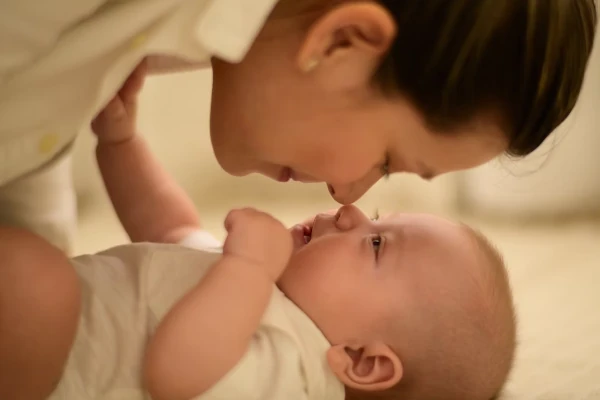We are frequently asked about parental leave. Last year 57,310 people received paid parental leave and with one birth every 9 minutes in NZ, it’s not surprising that it’s a regular topic requiring advice. Yet it is an area of employment that is often misunderstood.
The Parental Leave and Employment Protection Act outlines minimum entitlements for employees and protects their rights during pregnancy and parental leave.
Entitlements differ depending on whether employees meet the six-month, or 12-month employment test. That is (get ready – this takes some serious concentration):
They have been employed for either 6 or 12 months, for at least an average of 10 hours a week in the six months or 12 months preceding a child’s due date or the date that they/their partner become(s) the primary carer of a child under 6.
There are different types of parental leave.
Primary carer leave
Primary carers are entitled to 26 weeks of paid parental leave (no longer called maternity leave) which must be taken in one continuous period. The employee must be the ‘primary carer’ of a child. This means they must be the birthing parent, the birthing parent’s spouse/partner and the child’s primary carer, or the person who has the main responsibility for taking care of a child.
Employees can start primary carer leave up to six weeks (or earlier with your consent) before the due date or the date in which they become the primary carer. Paid parental leave can be split between two people.
Employees must write to you at least three months before their baby’s expected due date setting out the type of leave they want, when they want the leave to start and how long the leave will be. They must include a doctor or midwife certificate. (The rules are different for employees becoming permanent primary carers who are not having a baby.) If you need further information, you should ask for it, otherwise you must formally reply to your employee within 21 days.
Special leave
Pregnant employees are entitled to an additional 10 days’ unpaid special leave for pregnancy-related reasons. For example, midwife appointments.
Partner’s leave
Partners of primary carers are entitled to unpaid leave within a timeframe of 21 days before and 21 days after the birth of a child or the date their partner becomes a primary carer. Employees meeting the six-month test are entitled to one week of leave. If they meet the 12-month test, they are entitled to two weeks partner’s leave.
Extended leave
Primary carers are entitled to extended parental leave of up to 12 months if they meet the 12-month employment test. However, any leave taken beyond 26 weeks is unpaid.
Paid Parental Leave Payments
You do not make these payments; they are made by the Government. For details on the rates of paid parental leave, additional entitlements and how to claim, you can direct your staff to https://www.ird.govt.nz/paid-parental-leave.
Note however that employees service while on parental leave is deemed ‘continuous’. This means that on return from parental leave, they must be treated as having been at work for the purpose of any right to entitlements such as long service leave. Contact us about how annual leave following a return from parental leave is calculated as rules are complex (and due to change this year).
For employees who decide not to return to work at the end of their parental leave, their employment is deemed to have ended when they first went on parental leave (not the last day they worked on a keeping in touch day).
Keeping an Employee’s Job Open?
When replying to an employee’s request for leave, your response must include whether their job can be kept open. In general, provided your employee gives the right notice for taking leave, you must keep their role open during their parental leave. However, there are exceptions, including genuine redundancy situations or where an employee requesting leave is in a ‘key’ position. There are a number of factors when considering whether an employee’s role is key so contact us for advice in your particular situation.
If you decide that a job cannot be kept open, or you make the role redundant, your employee is entitled to a 26 week ‘period of preference’ at the end of their parental leave. This means that you must give them preference over other applicants for any role that is substantially similar to their old one.
For employees whose job is held open, they may choose (if you agree) to work up to 64 hours of paid work at any point after 28 days following the birth of their child without their entitlements being impacted. This time can be used to help them transition back to work but may also help them feel connected with their role and your business. Do remember your team members on parental leave too when you are organising social functions or addressing important issues that they should be kept up to date about.

